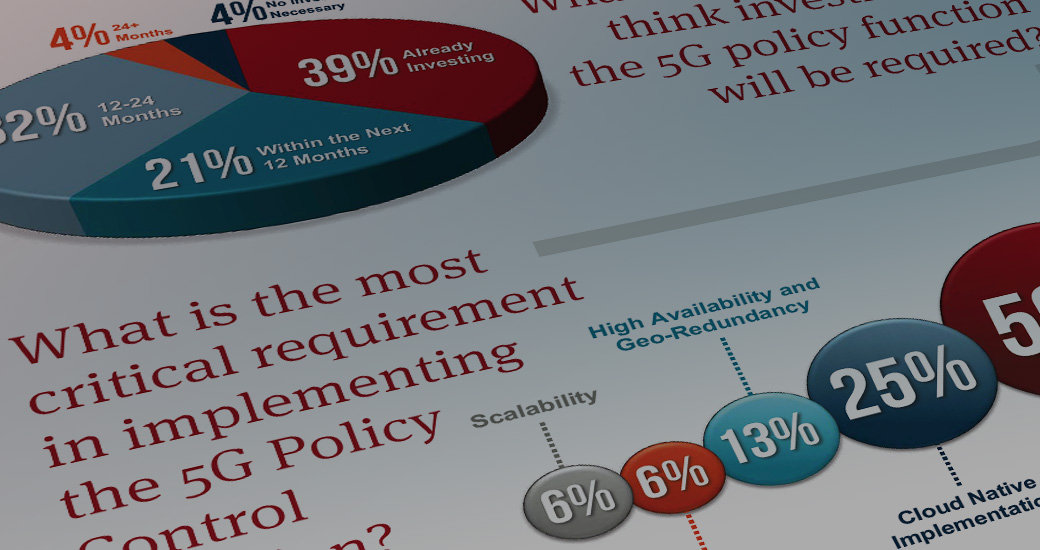Pretty much anyone who knows adtech will tell you that header bidding is the future of the industry. Header bidding allows publishers to field ad bids in the header of a webpage, which is before anything else (including other ad placements) loads. This allows publishers to establish a “premium” auction instead of the typical real-time bidding system. However, header bidding comes with its own set of requirements and challenges. Since header bidding occurs while the header is being loaded, the auction needs to happen fast enough not to impede the loading of the rest of the page. Most existing adtech infrastructure simply can not achieve the required latency. Volt Active Data provides the necessary technology to achieve the latency required by header bidding.
Another adtech infrastructure problem is capacity. Header bidding and other programmatic advertising developments will multiply the impressions DSPs and SSPs need to process, going from hundreds of billions to trillions. This surge in impressions will strain or break existing infrastructure, which wasn’t architected to handle data at this scale.
The million dollar question — how to meet the demands of header bidding
The simple answer is to just spin up more servers. More servers means more capacity. However, increasing hardware capacity doesn’t really solve the problem, and it introduces new ones. If you need to double your capacity – assuming you own your data center – you’re looking at massive infrastructure costs, and scaling is going to have large lead times and lead costs. And while it’s easy to say “spin up more AWS servers”, you’re only adding to your cloud provider bill. Eventually, following this route will end in failure.
If increasing hardware is the “work harder” answer to header bidding, then “work smarter” is the better option. DSPs and SSPs need to filter out low-value data quickly and cost-efficiently to free up capacity. DSPs need to find out the best route to an impression, and will steer traffic towards the best pricing available. Being consistent and accurate with your data provides you with more transparency; if you know exactly what you’re being charged per impression, you know who’s taking the lowest cut. Open source analytics tools can give you this information – but not in real-time. Using real real-time solutions will allow you to get the best prices possible while providing better TCO.
Volt Active Data allows you to take advantage of real real-time data to make real-time decisions. In addition, Volt Active Data can do more in a smaller footprint, enabling you to do more with fewer nodes. We’re already empowering adtech companies like TripleLift to process more than 9 billion events per day using less nodes than before (for more information on how TripleLift is preparing for the future of adtech with Volt Active Data, check out our webinar). In order to differentiate yourself in a market dominated by walled gardens like Google and Facebook, you need a new approach. Spinning up more servers just won’t cut it. Switching to Volt Active Data will.




